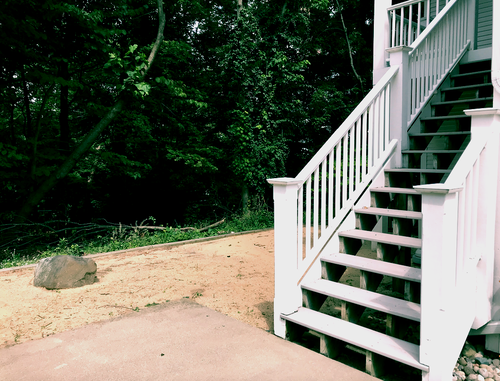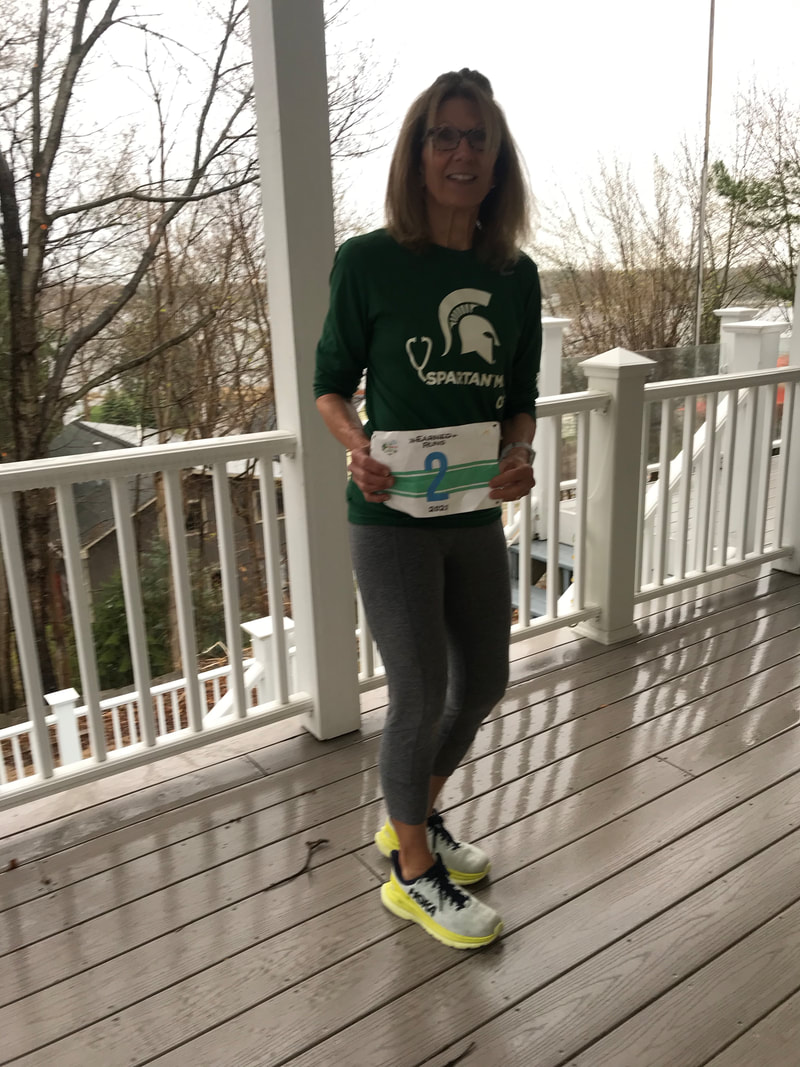BLOG
|
|
AT A CERTAIN AGE PEOPLE TEND TO TALK ABOUT STAIRS as if they were the worst feature a house could possess. The living situation of have “everything on one floor” is oftentimes described as the ideal by 50+ year aged adults.
Laundry rooms in new construction homes are placed on the ground/main floor to attract buyers who aspire to this living standard. Only guest bedrooms are permitted to occupy a lower walk-out level. Mostly this view appears to be held by adults who wish to downscale from larger family residences once gown children have moved away into their own dwellings. The one-level living-space floor design seems especially important for those who aspire to relocate to a distant retirement spot. Or so it seems to me, having entered that demographic years ago. I’ve never heard a “hot” home on the market described in terms that gush about this feature, as in: “it has multiple levels and stairs, stairs, and even more stairs”. However living in a home that requires frequent stair climbing, with many opportunities to do so each day may have health benefits. Not just once a week level-changing to perform laundry chores, but stair climbing that is built into many daily routines, like selection of clothing from an upstairs bedroom closet or chest of drawers, retrieval of food items or cooking utensils from a basement pantry, and access to and from transportation in a lower-level garage. Populations have been identified with low rates of chronic disease who live longer than anywhere else in the world. They reside in certain geographic areas designated as “Blue Zones”. Much of the good health of these BZ inhabitants is thought due to their diets and active lifestyles, with only about 20-30% due to gene inheritance. Author Dan Beuttner wrote about 5 specific Blue Zones, in his book of the same name, that are home to the world’s oldest people: a region in Sardinia (Italy), Icaria (Greece), Okinawa (Japan), the Nicoyan Peninsula (Costa Rica), and Loma Linda, California (USA). Blue Zone people tend to live in island locations with hilly or mountainous terrain and few if any formal fitness centers. A study that sampled men of Sardinia showed their long lives were predicted by the “amount of distance walked and stories climbed each day”, according to an article in Healthline.com. Results from a 12+ year-long study of male Harvard Alumni aged 60-71.6 years found that that habitual stair climbing could contribute to lowered mortality from all causes. The study, in which participants self-reported the number of floors climbed per week as well as other physical activity, could not find a link between the number of stories ascended and lowered deaths from cardiovascular disease (CVD). The authors theorized the results reflected early signs of fraility from CVD that prevented this activity. Which brings up the point that to be able to climb stairs or scale steep slopes throughout the entire day with vigor, a person must be healthy. Thus, regular stair climbing is perhaps a habit that must be adopted early in life if it is to be continued into later life, and that effort must be made to remain strong enough, when possible, to retain this capability. Whether stair climbing is truly a method of extending longevity and health or rather a sign of health that allows a longer, functional life, you might wish to take advantage of your own in-house flights. That’s according to an article posted by the Mayo Clinic, “Step It Up: Seven Quick Stair Exercises to Do at Home”. A more challenging leg strength workout is offered by trailrunnermag.com in the “Three Minute Mountain Legs” routine authored by David Roche. The embedded YouTube video demonstrates two simple exercises, the Single-Leg Rear Lunge (20-50 per leg) and Single-Leg Step Ups (30-100 per leg). Because each is performed on one leg, balance will be improved over time too. The article suggests holding on to a railing or side support at first but indicates that hip strength increases can permit unsupported movements with continued training. As the trainer remarks in the video, these moves are tougher than they seem! Homes with stairs can be seen as disadvantageous living quarters and avoided. Or potentially they might also be recruited early in life to function as built-in pieces of gym equipment and ultimately assist over time with healthy “aging in place”. Check out the stair climbing exercise and Blue Zone articles to investigate further. RUN & MOVE HAPPY! www.healthline.com/nutrition/blue-zones https://www.healthline.com/nutrition/blue-zones https://www.mayoclinic.org/healthy-lifestyle/fitness/in-depth/7-quick-stair-exercises-to-do-at-home/art-20390063 https://www.trailrunnermag.com/training/strength-training-training/3-minute-mountain-legs https://en.wikipedia.org/wiki/Aging_in_place
0 Comments
Your comment will be posted after it is approved.
Leave a Reply. |
BRIDGE TO PHYSICAL SELF
Running, walking, and fitness activities enable us to experience our physical selves in a world mostly accessed through use of fingers on a mobile device. AuthorEARNED RUNS is edited and authored by me, runner and founder. In 1978 I began participating in 10K road races before 5Ks were common. I've been a dietitian, practiced and taught clinical pathology, and been involved with research that utilized pathology. I am fascinated with understanding the origins of disease as well as health and longevity. Archives
November 2023
CategoriesNew! Search Box
Earned Runs is now searchable! Check it out...
|


 RSS Feed
RSS Feed